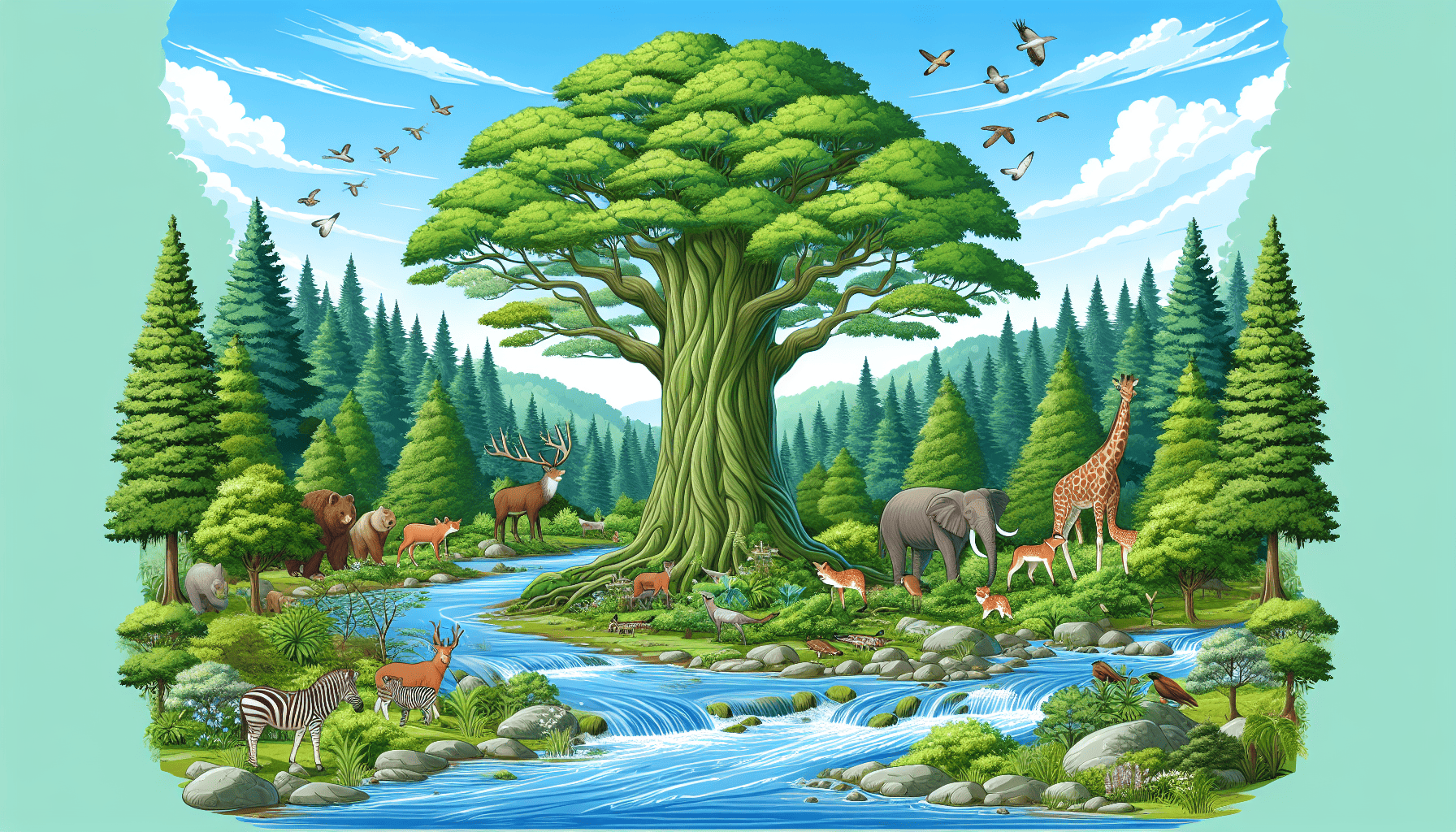In the urgent battle against climate change, conservation emerges as a vital strategy that intertwines the health of ecosystems with the stability of our climate. By shielding natural habitats and preserving biodiversity, we not only protect the intrinsic beauty of our planet but also harness powerful natural mechanisms to absorb carbon and mitigate environmental extremes.
Forests, often dubbed the "lungs of the Earth," are instrumental in the climate fight. They absorb carbon dioxide from the atmosphere, storing carbon in their vast biomass and thus regulating the global climate. Deforestation, however, poses a grave threat. By diminishing these critical carbon sinks, we not only reduce our capacity to sequester carbon but also release stored carbon back into the atmosphere, intensifying the greenhouse effect.
Similarly, oceans play a crucial role in climate regulation. Marine ecosystems, including mangroves, seagrasses, and coral reefs, serve as significant carbon reservoirs. These habitats provide shoreline protection from storms and flooding while supporting biodiversity and local economies. Yet, they face unprecedented threats from rising temperatures, ocean acidification, and human activities, necessitating a robust conservation push to ensure they maintain their ecological functions.
Wetlands, grasslands, and peatlands are also formidable allies in the climate battle. They act as natural sponges, absorbing excess water and reducing flood risks, while peatlands are particularly effective in carbon storage, holding twice as much carbon as all the world's forests combined. Protecting and restoring these areas can provide formidable resilience against climate impacts.
Biodiversity supports ecosystem resilience, enabling habitats to adapt to changing conditions and continue performing essential services. Conservation efforts that safeguard diverse species and their habitats often bolster ecosystem's ability to withstand climate extremes and recover from disturbances swiftly. This resilience is critical in maintaining food security and preserving water quality, both increasingly strained by climate change.
The benefits of conservation extend beyond ecological health, impacting socio-economic systems. Restoring ecosystems can create jobs, support traditional cultures, and uplift rural livelihoods, offering sustainable avenues for communities that might otherwise exploit natural resources to their detriment. Integrated conservation strategies that involve local and Indigenous knowledge often prove most effective, recognizing the interconnectedness of human and ecological systems.
Investing in conservation can also inspire global climate action. Highlighting the tangible benefits of preserving and restoring natural habitats can encourage governments and stakeholders to prioritize funding and policy-making towards environmental sustainability. This can lead to international collaborations focused on scaling up efforts to conserve critical landscapes and seascapes, sharing knowledge and resources to address this global challenge comprehensively.
As we continue to seek innovative solutions to combat climate change, conservation remains a foundational approach that should not be overlooked. Protecting and restoring natural environments is not simply an option but an imperative for climate mitigation and adaptation. By understanding and amplifying the role of conservation, we can foster a sustainable future where nature thrives hand in hand with humanity.
